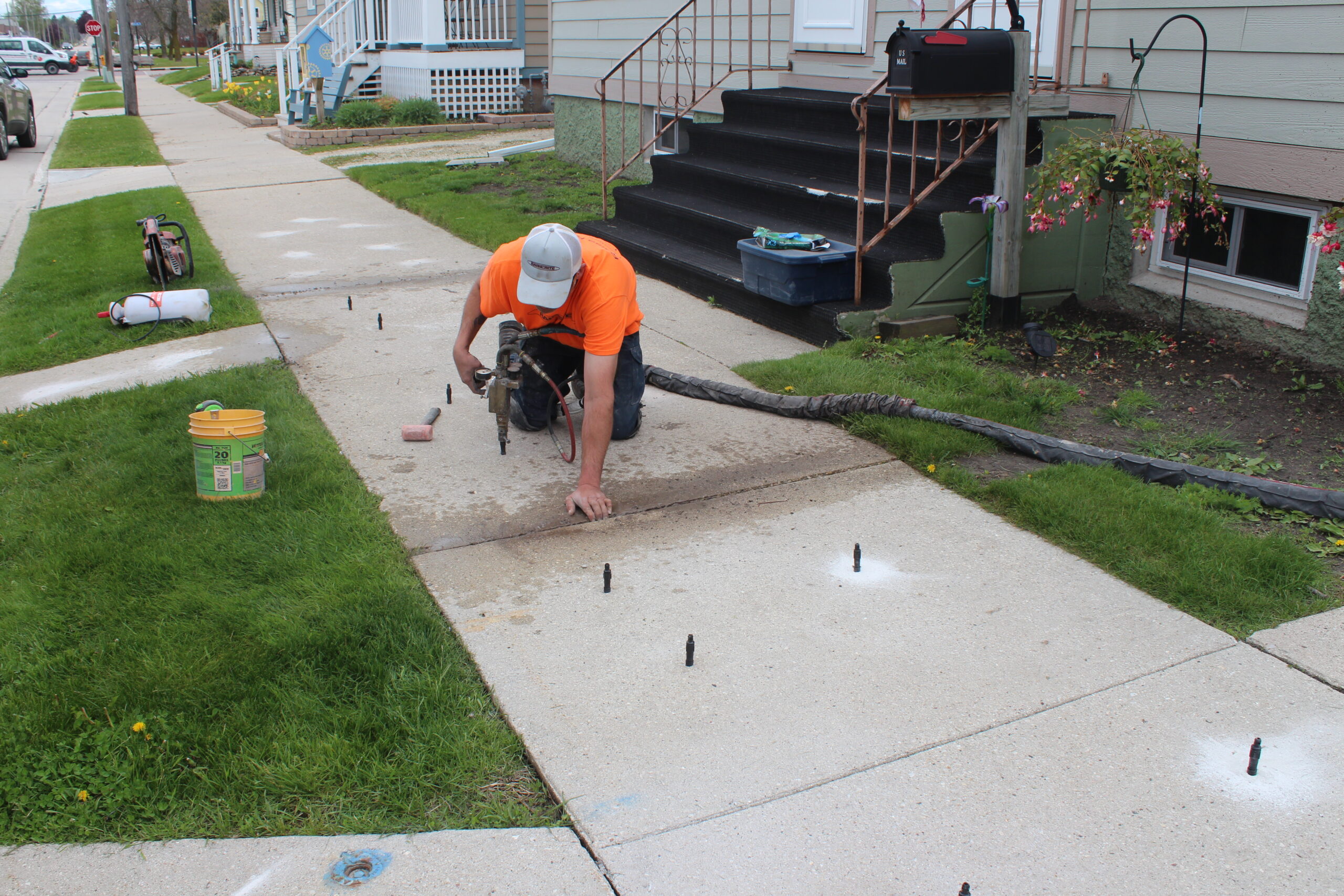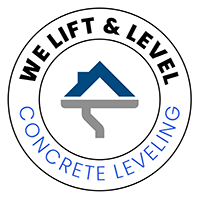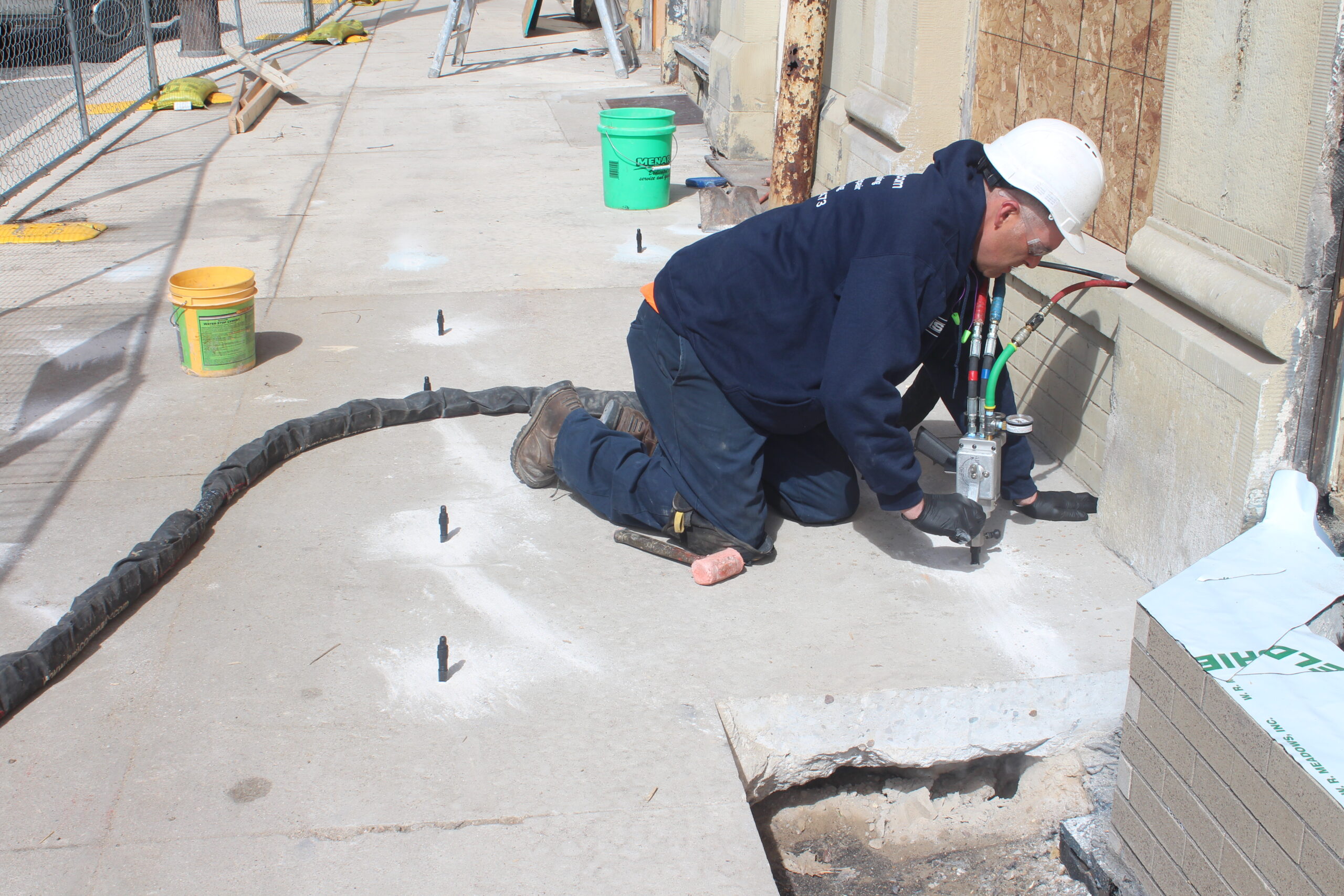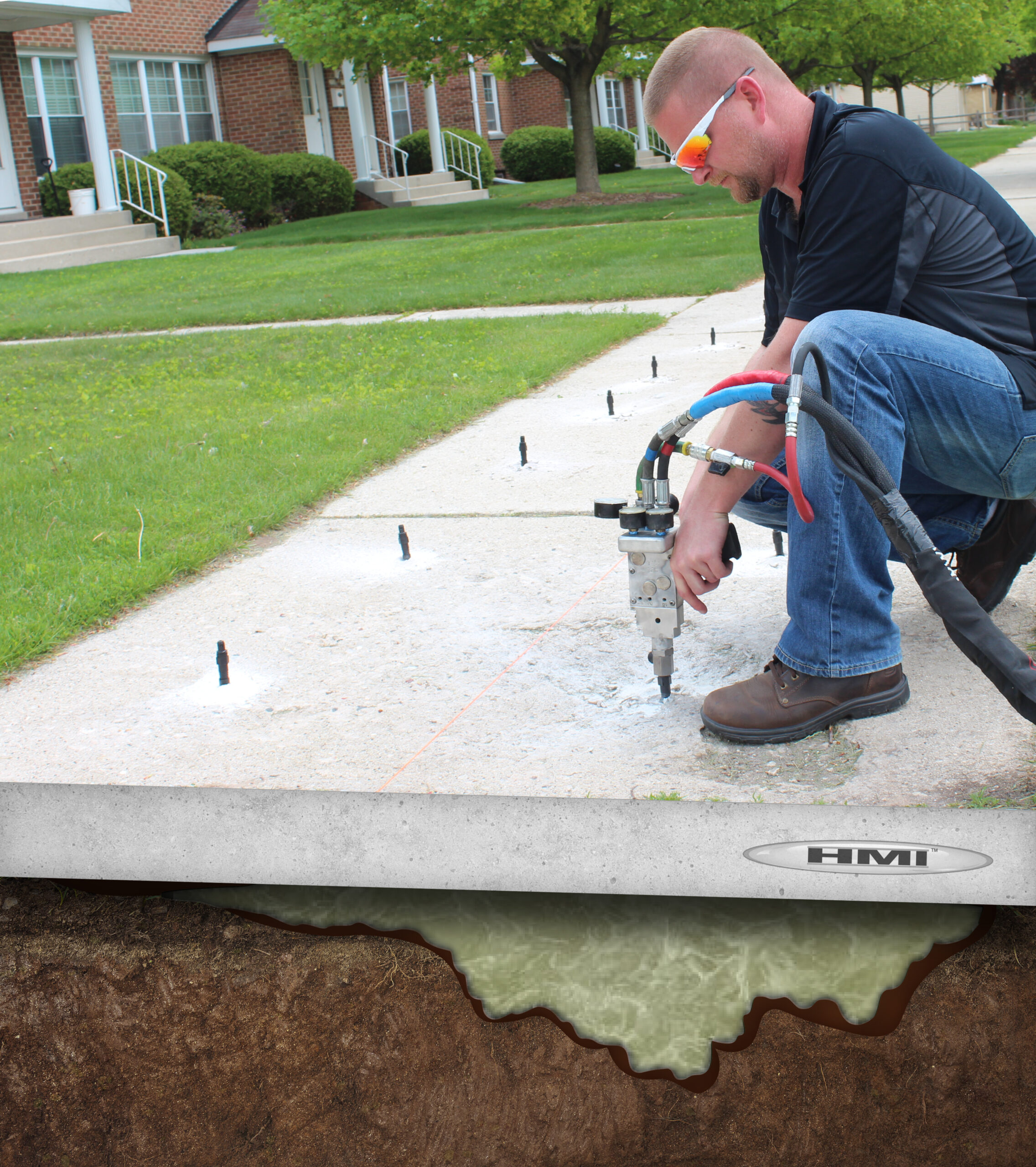
Concrete settling can be attributed to various factors, each contributing to the gradual or sudden shifts in surfaces that can lead to unevenness and potential hazards. Here’s a breakdown of what causes concrete to settle:
-
Base Compaction: Proper compaction of the base before pouring concrete is essential. If the base is poorly compacted, the weight of the slab can further compress it during curing, leading to quick settlement.
-
Climate Effects: Climate variations, such as those experienced during events like the Polar Vortex, can impact concrete stability. Freezing and thawing cycles cause expansion and contraction of concrete slabs, leading to heaving and settling. Additionally, heat and drought can cause expansive clay soils to shrink, resulting in uneven settling as the soil moisture fluctuates.
-
Erosion: Damage to water and sewer lines, as well as improper drainage from downspouts and excessive rainfall, can erode base materials beneath concrete, leading to settlement issues over time.
-
Machine and Traffic Vibrations: In areas with frequent heavy vibrations, such as highways and industrial zones, machinery and passing traffic can cause the base to compact, resulting in slab shifting and settling.
-
Slab Curl and Rocking: Large concrete sections are prone to slab curl, where uneven curing causes instability and rocking. Vibrations from machinery can exacerbate settling issues in concrete slabs.
Understanding these factors is crucial for ensuring the longevity and stability of concrete surfaces. By addressing these underlying causes, proactive measures can be taken to prevent or mitigate settlement issues, ultimately preserving the integrity of concrete structures.








